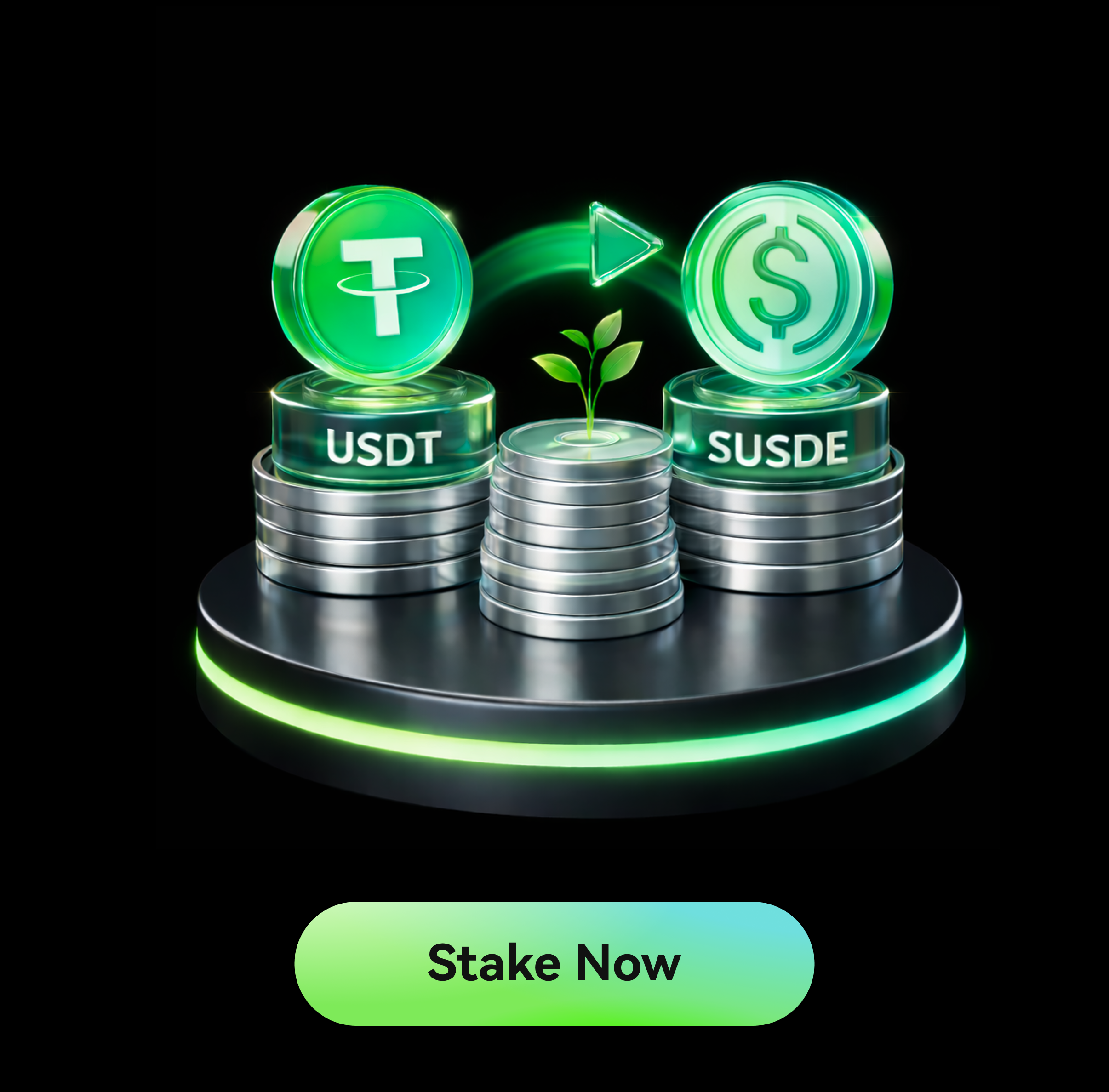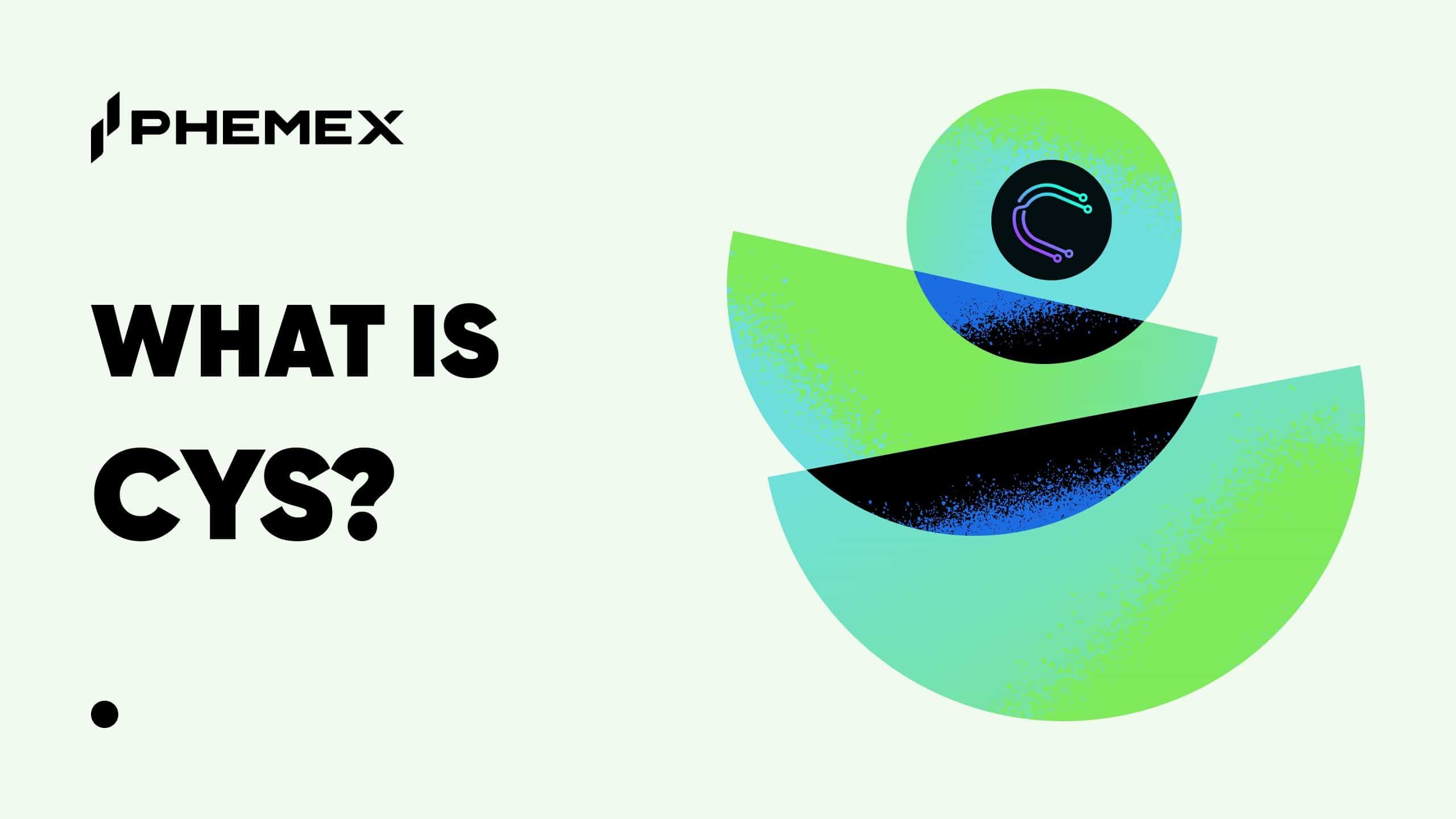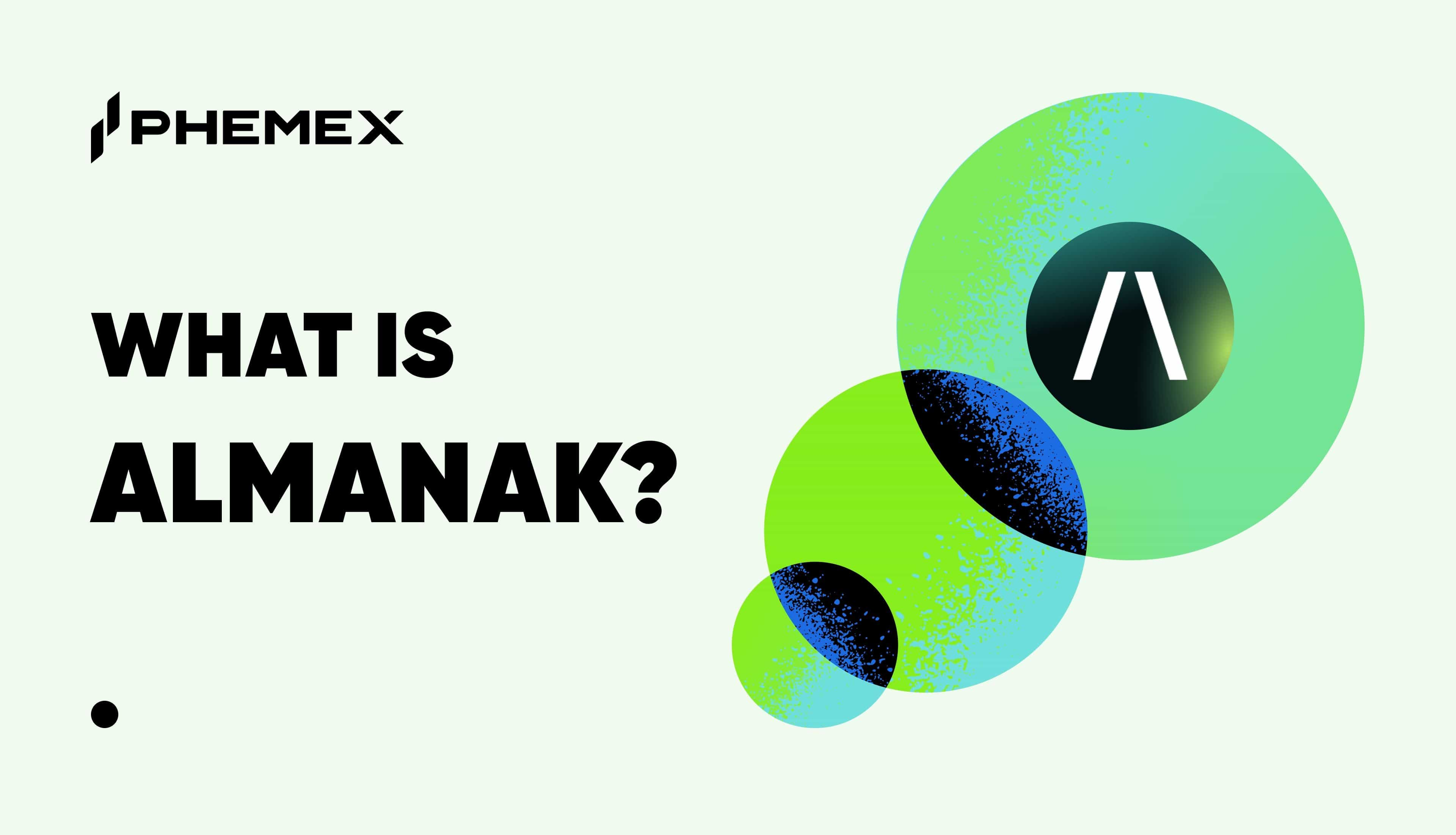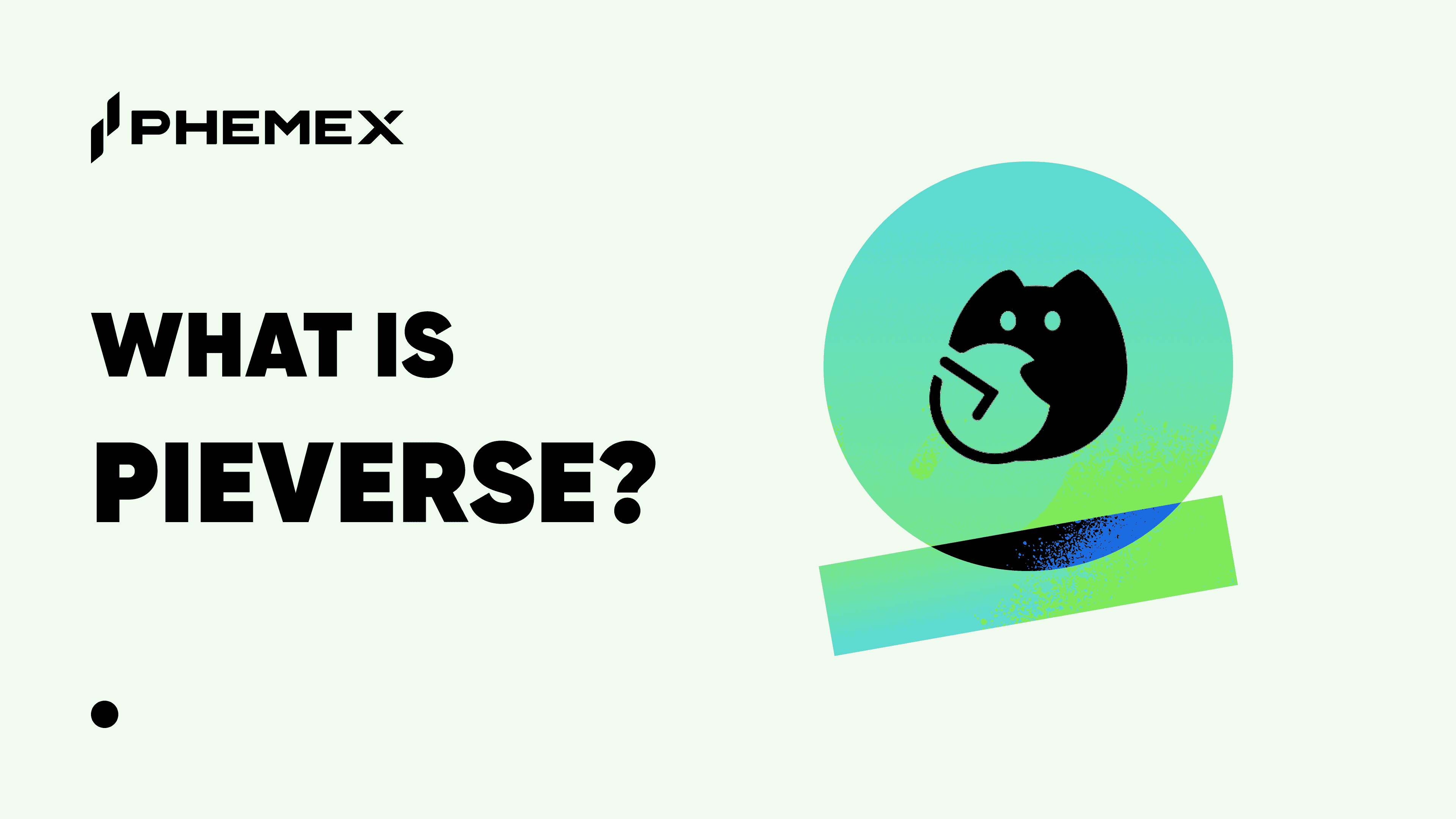The world of artificial intelligence is expanding at a breakneck pace, but its progress hinges on a critical resource: vast amounts of high-quality, accurately labeled data. The Tagger project and its native cryptocurrency, TAG, have emerged as a decentralized solution to the significant challenges of data sourcing and verification within the AI industry. This article delves into what Tagger is, its functionality, and its mission to democratize access to AI by building a more efficient and equitable data marketplace.
At its heart, Tagger is a comprehensive, full-stack AI data solutions platform engineered to foster a permissionless and global ecosystem for data collection, labeling, management, and trading. It directly confronts prevalent issues in the current data landscape, such as data silos, inconsistent data authentication, and a scarcity of skilled data annotators. By harnessing the crowdsourcing power of Web3 and the inherent transparency of blockchain, Tagger is constructing a revolutionary framework for the data that fuels AI.
Key Takeaways
-
What is Tagger? Tagger is a blockchain-based platform designed to create a decentralized marketplace for AI data, connecting data workers with AI developers.
-
Core Services: The platform offers secure data authentication using NFTs, efficient data collection, professional AI-assisted data annotation, and a permissionless data trading marketplace.
-
The TAG Token: TAG is the native utility and governance token used to pay for services, reward data workers, and facilitate transactions on the platform.
-
Key Technology: Tagger leverages blockchain, advanced encryption, and an "AI Copilot" tool to ensure data security, ownership, and high-quality annotations.
-
Phemex Listing: Phemex will list the TAG/USDT spot trading pair at 10:00 UTC on July 28, 2025, increasing its accessibility.
Introduction
Tagger explained simply, is a platform that connects individuals and companies needing data for AI with a global community of contributors who can collect and label it. Think of it as a decentralized workforce for the entire AI data pipeline. The project's native token, TAG, fuels this ecosystem, incentivizing participants and facilitating transactions.
The core problem Tagger addresses is the bottleneck in AI development caused by a lack of accessible, reliable, and accurately labeled data. The traditional process is centralized, costly, and often results in data being siloed and inaccessible. Tagger proposes a framework where data can be collected, verified, and exchanged in a trustless environment, breaking down these barriers. This holds immense relevance in the rapidly expanding fields of AI and machine learning. Explore this guide to learn more about making informed trading decisions on Phemex.
What Does TAG Do?
The primary Tagger use case is to power its multi-faceted decentralized AI data solutions platform. The TAG token is integral to every service Tagger offers:
-
Secure Cross-Border Data Authentication: Tagger provides a system where datasets are encrypted and stored on a decentralized network. Ownership is verified through digital asset certificates (NFTs), giving the holder exclusive rights to manage, trade, or authorize the data's use. This protects intellectual property and ensures data security.
-
Efficient Data Collection Service: The platform incentivizes a global network of Web3 participants to collectively share and gather data. An intelligent system automatically cleans all uploaded data to ensure the accuracy, legality, and reliability of the final datasets.
-
Professional Data Annotation Service: Using its proprietary AI Copilot Tool, Tagger assists participants in producing high-quality annotations for images, text, video, and audio. The AI monitors results in real-time for quality control and enables general annotators to produce expert-level work, solving a major barrier in AI development.
-
Permissionless Data Trading Platform: The TAGGER Marketplace allows users to buy, sell, or lease data usage rights. This resolves the issue of global data silos and accelerates AI development by making crucial data available while maintaining owner control. The TAG token is used to pay for platform fees for both buyers and sellers.
How Many TAG Are There?
The tokenomics of Tagger are structured to support its long-term growth and decentralization. The total supply is fixed at 405,380,800,000 TAG. The distribution is designed to prioritize community participation:
-
Proof-of-Human-Work (74%): The vast majority of tokens are generated through the direct data processing efforts of participants. Anyone can complete tasks on the platform to earn TAG rewards.
-
Tag-to-Pump (21%): This portion was used in an initial experiment to crowdsource data-labeling tasks, bootstrapping the ecosystem.
-
Liquidity (~5%): This allocation was used to provide initial liquidity on decentralized exchanges.
A key feature of TAG's issuance is its halving mechanism. A halving event occurs each time the number of tokens issued since the last halving equals the number of tokens yet to be issued (e.g., at 50%, 75%, etc.). This creates a predictable issuance schedule designed to maintain scarcity and long-term value.
Tagger (TAG) vs. Bittensor (TAO)
While both Tagger and Bittensor operate at the intersection of AI and cryptocurrency, they target different parts of this innovative space.
| Feature | Tagger (TAG) | Bittensor (TAO) |
| Primary Goal | To build a decentralized marketplace for AI data, emphasizing collection, labeling, and verification. | To establish a decentralized marketplace for AI intelligence, enabling AI models to collaborate and learn from one another. |
| Core Function | Powers a "proof-of-human-work" ecosystem, connecting data contributors with those needing curated datasets for AI model training. | Operates as a network of specialized AI models (subnets) that compete and cooperate to provide the best intelligence, with a consensus mechanism rewarding valuable contributions. |
| Approach | Focuses on the foundational layer of AI: the data. It aims to resolve the data bottleneck by crowdsourcing high-quality, labeled datasets. | Focuses on the application and intelligence layer of AI, aiming to democratize AI by creating a "neural network" of interconnected models. |
| Native Token Use | TAG is used to incentivize data work, pay for data services, and facilitate transactions in its data marketplace. | TAO is used for rewards, staking, governance, and as payment for accessing AI services within the network. |
The Technology Behind Tagger
Tagger's technological foundation is a blend of AI tools and blockchain to create a secure, transparent system for data management. Key components include:
-
Secure Cross-Border Data Authentication Protocol: This system leverages blockchain, advanced encryption, and trusted computing. Datasets are encrypted and stored decentrally, with ownership certified via NFTs. This protects data assets and intellectual property.
-
AI Copilot Tool: To democratize data labeling, Tagger provides an AI-assisted tool that allows individuals, even those without specialized knowledge, to accurately label complex data types like images, video, and text.
-
DePIN (Decentralized Physical Infrastructure Networks): Tagger employs a DePIN-based model for communal data sharing and collection, fostering a more distributed and community-powered approach to building valuable datasets.
-
Proof-of-Human-Work: This central concept rewards human participation in data-related tasks, ensuring high quality and accuracy through fair, transparent, and real-time incentives.

Is TAG a Good Investment?
Determining whether TAG is a good investment requires a careful analysis of its potential and the inherent risks. This is not financial advice.
Tagger investment potential:
-
Growing Market: The AI and machine learning sectors are experiencing explosive growth, and the demand for high-quality training data is projected to rise in tandem.
-
Innovative Solution: Tagger’s decentralized model offers an innovative solution to the critical data bottleneck in AI, potentially positioning it as a key infrastructure provider in this niche.
-
Clear Business Model: The platform has a clear revenue stream, charging fees in TAG for task listings and data transactions, which drives demand for the token.
Risks:
-
Competition: The AI and crypto landscapes are intensely competitive. Tagger's success will depend on its ability to effectively execute its vision and attract a large user base.
-
Market Volatility: Like all cryptocurrencies, the Tagger price is subject to significant volatility and market fluctuations.
-
Execution Risk: The project's ultimate success hinges on the team's capacity to deliver on its roadmap and cultivate a thriving, active community of data workers and consumers.
Conclusion:
Tagger presents a compelling and timely use case at the convergence of AI and blockchain. Its mission to democratize access to high-quality data has the potential to significantly disrupt the traditional AI data market. However, as with any investment in the cryptocurrency space, it carries notable risks. Potential investors should conduct their own thorough research and consider their personal risk tolerance. To make an informed decision, one might want to learn how to buy Tagger and monitor its performance on exchanges like Phemex.
How to Buy Tagger (TAG) on Phemex
Once TAG is listed on July 28, 2025, you can follow these steps to purchase it on Phemex:
-
Create a Phemex Account: If you don't already have one, sign up for a Phemex account and complete the necessary identity verification.
-
Fund Your Account: Deposit cryptocurrency (like USDT) or purchase it directly on the platform using a credit/debit card or other supported payment methods.
-
Navigate to the Spot Market: Once your account is funded, go to the "Spot" trading section of the Phemex platform.
-
Find the TAG/USDT Pair: Use the search bar to find the TAG/USDT trading pair.
-
Place Your Order: Select the type of order you want to place (e.g., Market, Limit). Enter the amount of TAG you wish to purchase or the amount of USDT you want to spend.
-
Confirm the Transaction: Review the details of your order and confirm the trade. Your TAG tokens will then be credited to your Phemex wallet.
You can also trade Tagger with leverage or explore other trading options available on Phemex to manage your portfolio. Join Phemex Academy to trade smarter.
Closing Thoughts
Tagger is on a mission to democratize access to high-quality, professional datasets, empowering everyone to contribute to the AI revolution. By establishing a secure, decentralized data authentication system and fostering collaboration, Tagger is positioned to unlock the full potential of data, pushing AI towards new frontiers and transforming the future of how we live and work. For the latest news about Tagger, be sure to follow official project announcements and listings on Phemex.
Disclaimer
Crypto trading involves risks; only invest what you can afford to lose. This article is for informational purposes only and should not be considered financial advice.
FAQ Section
1. What problem does Tagger (TAG) solve?
Tagger addresses the critical bottleneck in AI development caused by the lack of accessible, high-quality, and accurately labeled data. It replaces centralized, expensive data sourcing with a decentralized, transparent, and incentivized ecosystem.
2. How are data workers rewarded on the Tagger platform?
Data workers are rewarded in TAG tokens through a "Proof-of-Human-Work" model. They earn TAG in real-time for completing tasks like data collection, cleaning, and annotation, with rewards calculated based on their contributions.
3. How does Tagger ensure data ownership and security?
Tagger uses a secure cross-border data authentication protocol. Datasets are encrypted and stored on a decentralized network, and ownership is certified through an NFT. This gives the NFT holder exclusive rights to manage, trade, and authorize the use of their data.
Further Readings
- Memecoins vs. Top Cryptos: The 2025 Showdown Between Narrative and Fundamentals
- Master Altcoin Season 2025: Phemex Trading Guide
- How Can We Help You?-Help Center








